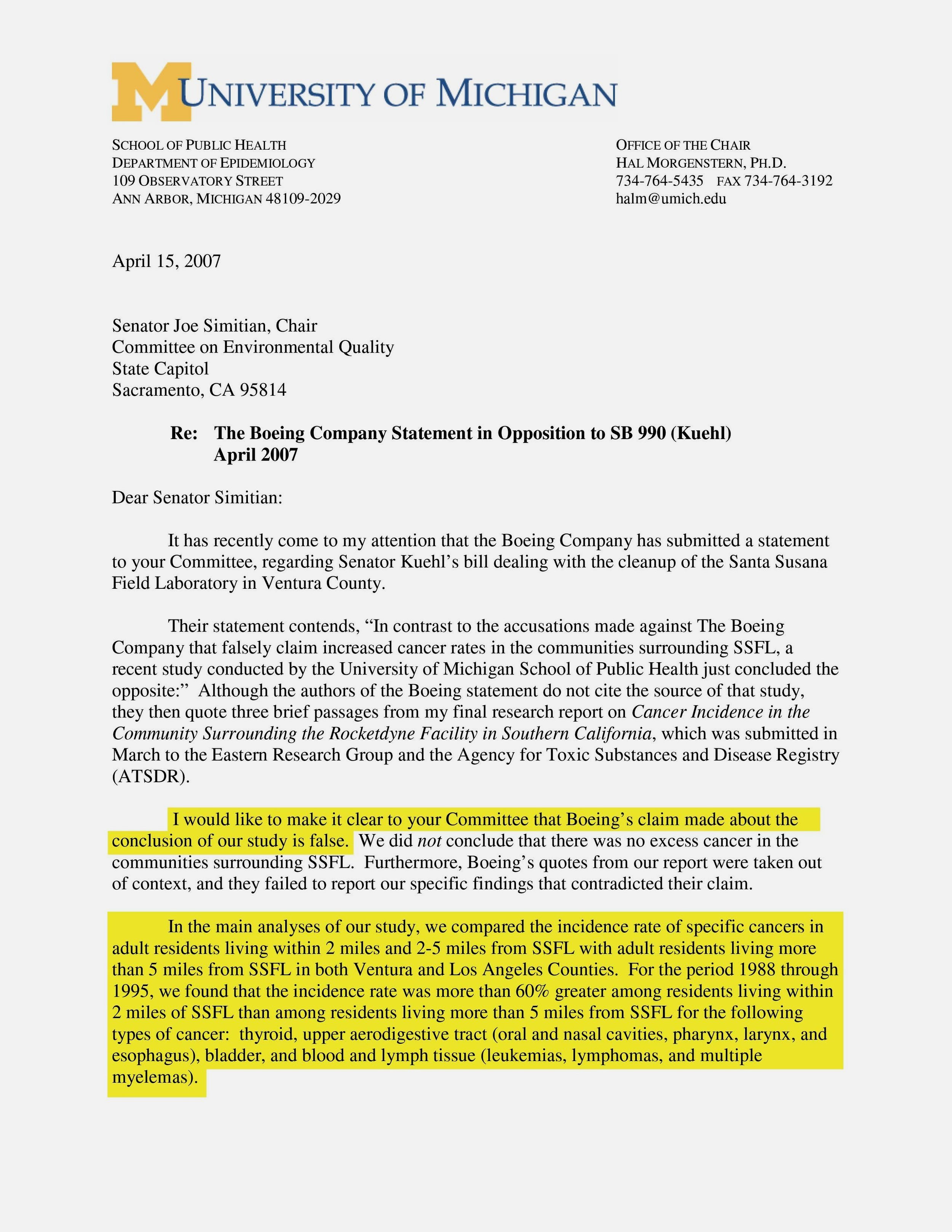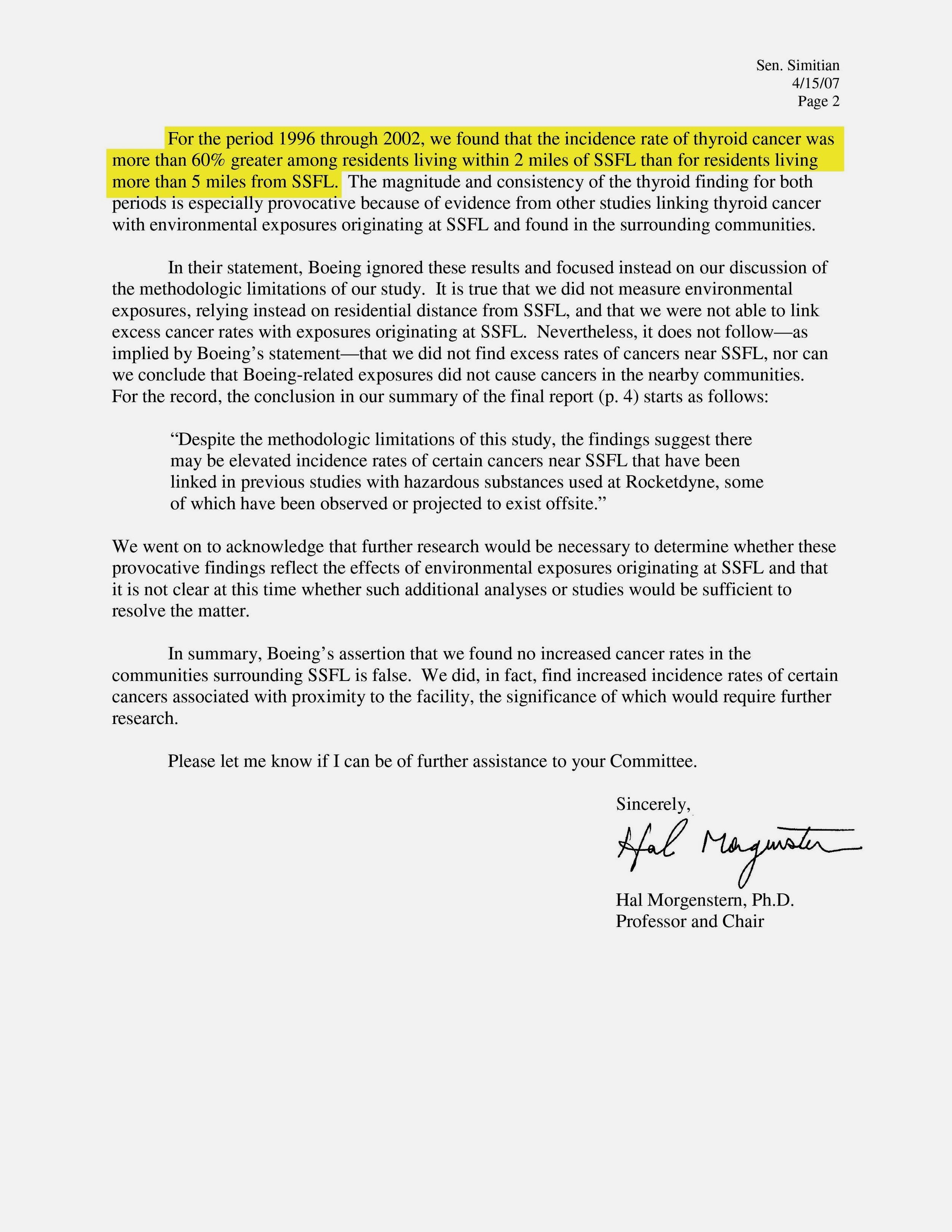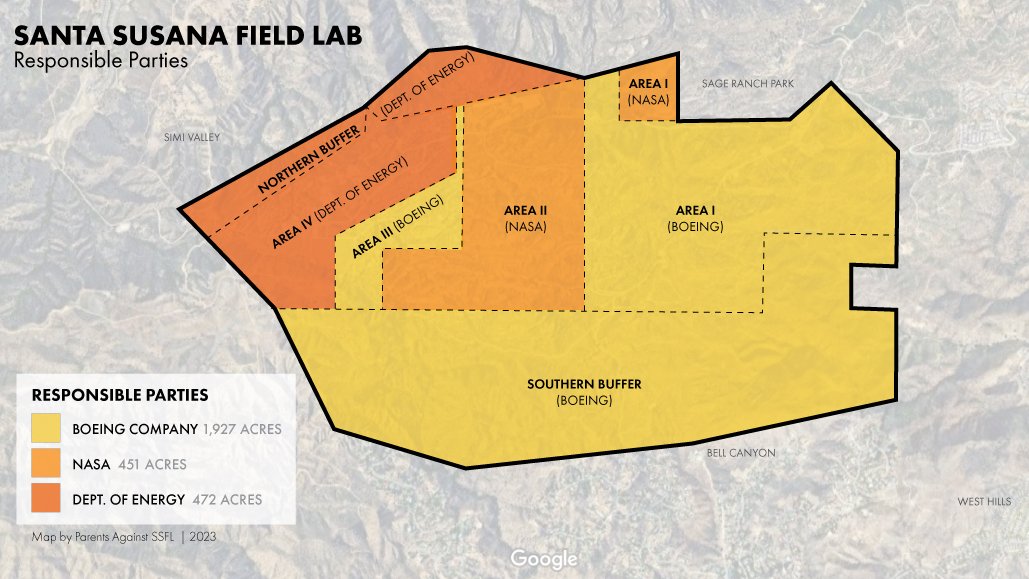SSFL Overview
sSFL’s HISTORICAL use
The Santa Susana Field Lab (SSFL), formerly known as Rocketdyne, was a Cold War era testing facility for work too dangerous to do near populated areas — a field laboratory. A study was done to find a safe location for the field lab. The SSFL rated poorly for safety but it was chosen anyway for its shorter driving time to UCLA and USC.
The SSFL was used for rocket engine tests for “America’s Race to Space,” beginning in 1949, and for experimental nuclear work starting in 1953. The site was also used for rocket fuel, liquid metals, and chemical laser research.
Historical images Gallery
The 2,850 acre site is one of California’s most toxic sites and the site of one of America’s worst nuclear meltdowns. The SSFL facility experienced four nuclear meltdowns, including the infamous SRE meltdown that may have released more radiation than the Three Mile Island accident.
Additionally, there were multiple radioactive fires, accidents in the plutonium fuel facility, leaks, hazardous waste burning, illegal waste practices, and an explosion that killed two scientists. The site also hosted over 30,000 rocket engine tests, resulting in over 800,000 gallons of TCE contaminating the soil and groundwater, in addition to leaks of highly toxic and endocrine-disrupting chemicals (many have since been federally banned) and toxic metals.
The site stopped all operations in 2006. Although many of the buildings onsite have been demolished the soil and groundwater remain heavily contaminated today.
Health Impacts
Studies bolster the claims of residents who suffer from cancer, autoimmune diseases, thyroid disorders, severe allergies, and asthma, among others.
An independent, federally funded study found that residents living within two miles of the site had a 60% higher cancer incidence rate compared to those living five miles away. Dr. Hal Morgenstern’s Letter
Boeing’s own RCRA Facility Investigation Data Summary report shows that 9 out of 10 people would get cancer if they lived on parts of the SSFL, in its contaminated state, if they ate produce they grew there. The EPA standard is 1 in 1,000,000 people.
Worker Studies showed exposure to SSFL’s chemicals and radiation resulted in workers dying from cancer.
Responsible parties
regulating Agencies
Board of Environmental Safety (BES): This newly formed oversight board is a creation of legislation meant to reform the DTSC. Three board members are appointed by the California Governor, two are appointed by legislation. Although it is an oversight board, it is unclear if they have any power over the DTSC except by suggestion.
California EPA (CalEPA): The California EPA oversees both the DTSC and LARWQCB. The Secretary of CalEPA is appointed by California’s Governor.
Department of Toxic Substances Control (DTSC): A state agency under California EPA, regulatory agency for the cleanup of the Santa Susana Field Lab. The DOE has 13 other radioactive superfund sites in America that have not been remediated. The DTSC Director is appointed by the California Governor.
Los Angeles Regional Water Quality Control Board (LARWQCB): Regulates Boeing’s National Pollution Discharge Elimination Permit (NPDES) to limit the pollution from the SSFL reaching local waterways such as the LA River and the Calleguas Creek Watershed. Board members are appointed by the California Governor and are not required to be water scientists or experts to serve on the board.
Responsible Parties
Boeing Company: An international company that in 2022 had a revenue of 0ver $66 billion. Boeing owns 80% of the Santa Susana Field Lab. Boeing acquired the SSFL when they purchased Rocketdyne. Boeing intended to use the SSFL for their own testing but were not able to renew the site’s permit. Boeing has since “donated” the land to a private land trust, but is still responsible for the site’s complete cleanup.
Department of Energy (DOE): A federal government agency that tested experimental nuclear reactors, used for energy production, at the Santa Susana Field Lab.
National Aeronautics and Space Administration (NASA): A federal government agency that tested rocket engines, used for the U.S. Space Program, at the Santa Susana Field Lab. NASA tried to designate the entire SSFL as a Cultural Site and wanted to donate the entire area to the Santa Ynez Chumash… while still contaminated.
NGOs and Advocacy Groups
Groups that collaborate in our work include, but are not limited to:
Committee to Bridge the Gap (CBG): A non-profit organization that offers technical expertise to local community groups, free of charge, to understand the complex science. President is Daniel Hirsch, retired director of University of California Santa Cruz’s program for Nuclear and Environmental Policy. CBG has been involved with the SSFL since the early 1980s.
Parents Against SSFL: A grassroots group of cancer-parents, parents, and residents who are demanding the safest, smartest, and most comprehensive cleanup of the SSFL. PASSFL is led by Melissa Bumstead and Jeni Knack.
Physicians for Social Responsibility - Los Angeles (PSR-LA): A non-profit that mobilizes health care professionals to take an active role in advocating for just policy solutions. PSR-LA has been involved with the SSFL for over fifteen years.
Public Employees for Environmental Responsibility (PEER): A non-profit that protects public employees who protect our environment, natural resources and public health. Currently PEER is in litigation against the DTSC and Boeing over the Settlement Agreement.
Rocketdyne Cleanup Coalition: A grassroots group of concerned mothers who lived directly below the SSFL. Led by Marie Mason, Dawn Kowalski, and Holly Huff.
cleanup agreements
In 2007 a cleanup agreement was entered into with the California Department of Toxic Substances Control (DTSC), an agency under CalEPA that is regulating the cleanup, and the three responsible parties; the Boeing Company, NASA, and the Department of Energy (DOE). Boeing originally promised the community that this cleanup would be to a “residential with garden” cleanup level, meaning they would remediate enough contamination so that it would be safe for people to live there and eat the produce they grew there, and not get cancer from it.
In 2010 an even stricter cleanup agreement was agreed to between DTSC, NASA and DOE. This was a legally binding agreement to cleanup all contamination in order to return the site to how it was before it was contaminated, called a “background” cleanup.
Though both agreements said the soil cleanup was to be completed by 2017, no meaningful cleanup action has started. The site remains dangerously contaminated.
Currently, the DTSC has broken all promises to the community for a health-protective cleanup. Instead, they’ve taken on the goals of Boeing, NASA and DOE; to protect profit instead of people. In 2022 the DTSC signed the erroneous titled Settlement Agreement with Boeing that will leave 90-95% of the contamination behind. In 2023 the DTSC made changes to the PEIR that will allow NASA and DOE to leave most of the contamination onsite permanently.
The community, non-profits, and cleanup advocates are fighting back in order to protect our families from toxic waste, corporate greed, and government corruption.
Further reading:
Footnotes:
[^1]: This is the note that is referenced by footnote #1.





